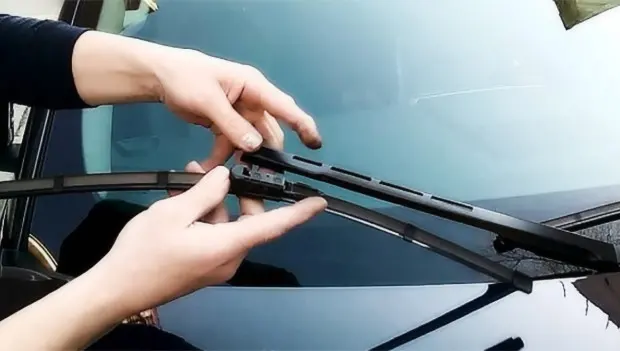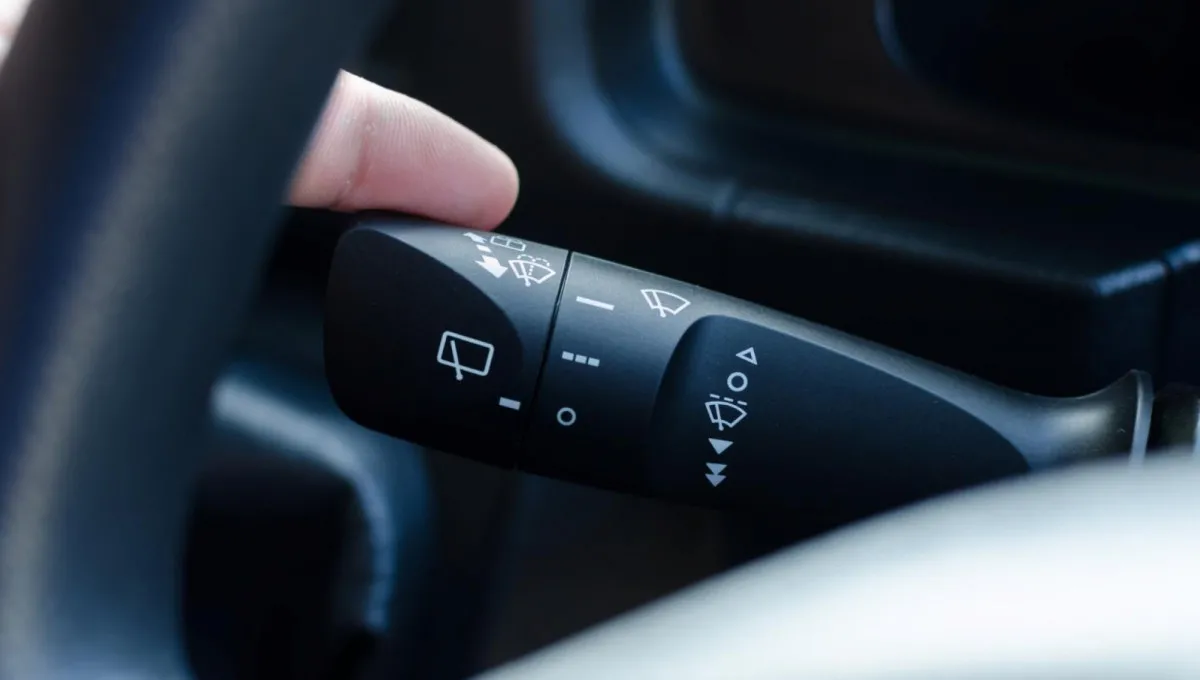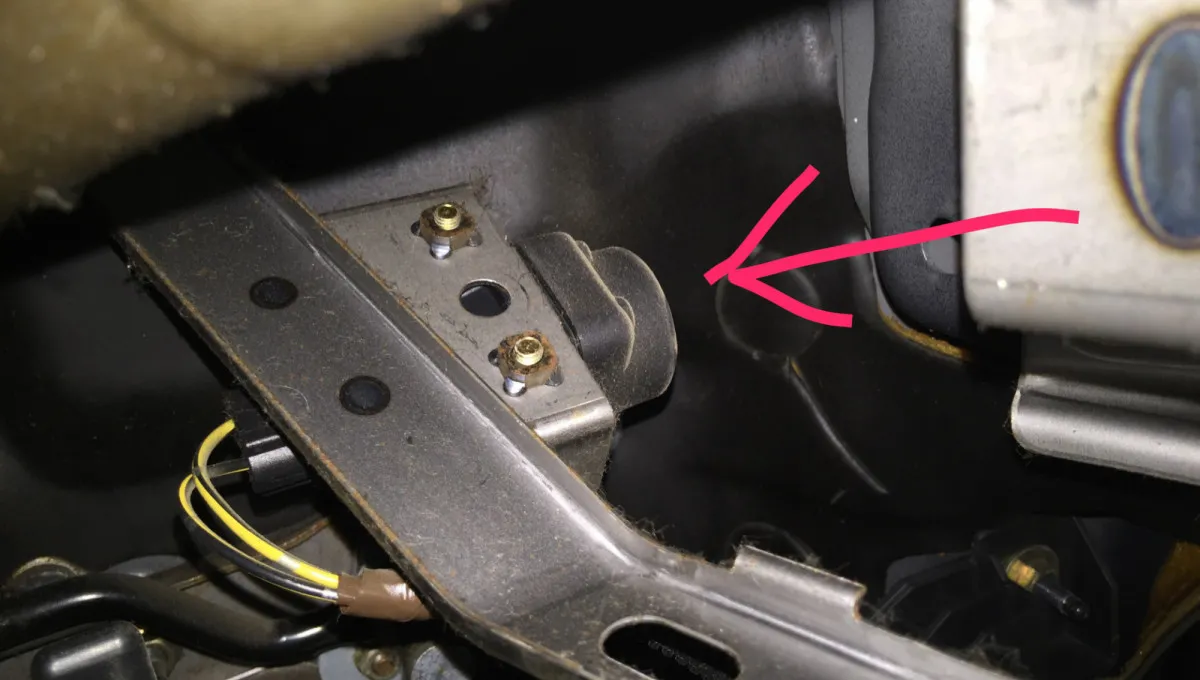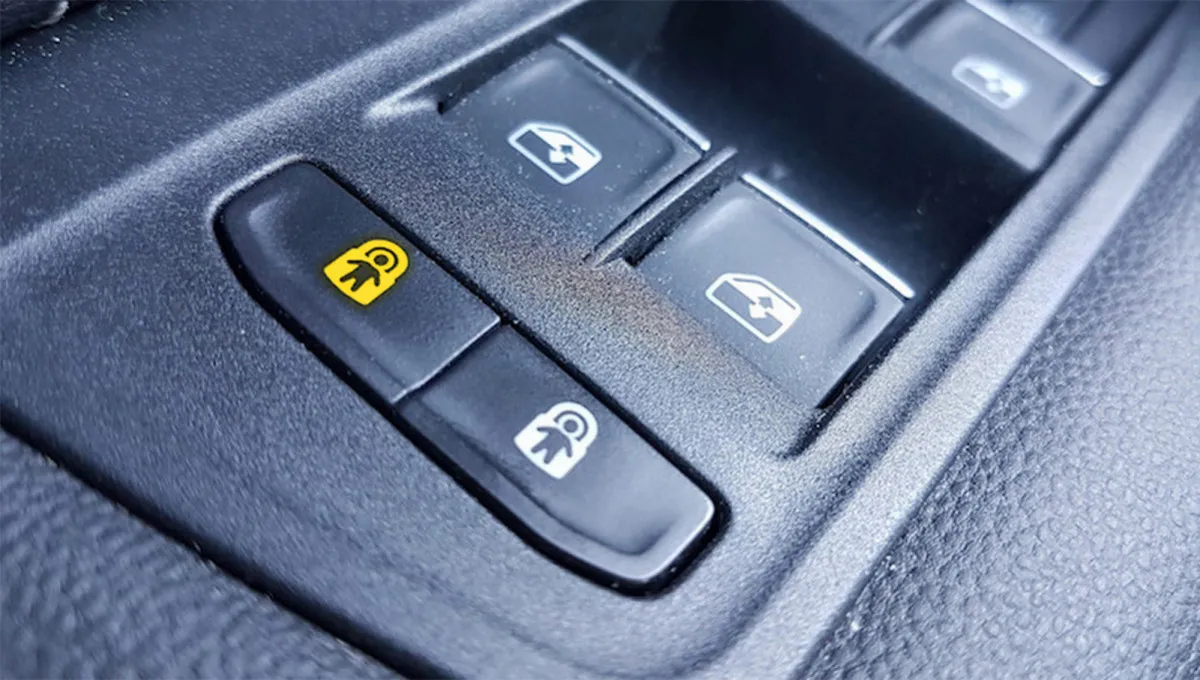How to Remove the Thin Sticky Film on Your Windshield That Appears Only in Fall
A helpful tip for drivers when regular windshield washer fluid can’t handle that stubborn organic residue.

In the fall, as trees shed their leaves, drivers often notice reduced visibility — meaning more frequent windshield cleaning. But there’s another seasonal problem: a thin, sticky film that forms on the glass and even clings to the wiper blades. This nearly invisible layer, caused by plant sap released from fallen leaves, can be surprisingly hard to remove. As auto expert Auto30.com explains, once the wipers are turned on, the mixture just smears across the surface, leaving behind a hazy film.
This residue not only worsens visibility — especially at night or when facing oncoming headlights — but also interferes with wiper performance. The blades start to skip, chatter, and make that familiar squeaking noise. Regular washer fluid usually can’t break down this organic film. Continuous wiping only wears down the rubber faster, and fine scratches may eventually appear on the glass.
To fix the problem, a deep clean is required. Standard car shampoos won’t do the job. Instead, experts recommend specialized cleaning solutions designed to remove biological contaminants. These products typically contain solvents, surfactants, and isopropyl alcohol — ingredients that dissolve the resins and sugars found in plant sap.
To remove the film, apply the cleaner to the windshield and wiper blades, then let it sit for a few minutes. During this time, the chemical agents break the sticky layer down into an emulsion that can be easily rinsed off with water. Afterward, wipe all treated surfaces with a clean microfiber cloth to remove any remaining residue and avoid streaks.
For long-term protection, it’s best to apply a water-repellent coating. These hydrophobic products, usually based on silane or silicon dioxide, create a durable layer that prevents water droplets, dirt, and sap from sticking to the glass. Even if some residue does accumulate, it can be quickly wiped away with the washer and wipers — no streaks left behind.
Before applying such coatings, make sure the glass is perfectly clean. Even small traces of oil or grime can weaken the bond, reducing the coating’s effectiveness. For best results, start with a primer — typically applied using a synthetic felt applicator — let it cure for a few minutes, and then polish the surface.
In short, to fully protect your windshield from sticky fall residue, a two-step treatment is needed: deep cleaning followed by the application of a hydrophobic coating.
Previously, we shared a simple DIY method for creating a water-repellent effect on your windshield at home — a practical tip for drivers you can find here. We also covered how to restore foggy headlights easily, helping them shine brighter and improving nighttime visibility.
You may also be interested in the news:

7 Hidden but Surprisingly Useful Features Every Car Has
Modern cars are packed with features most drivers never notice — from safety tricks to small conveniences that make life easier.

Steering Basics: Why You Shouldn’t Turn the Wheel All the Way to the Stop
Seasoned drivers know better than to crank a hydraulic power-steering system to the point of squeaks and groans.

If Zodiac Signs Were Cars: The All-Wheel-Drive Horoscope That’ll Take You Places
Or: Why This Horoscope Smells Like Gasoline, Personality, and a Little Bit of Therapy

Mystery Button Hidden Under Most Car Dashboards — And Why So Many Drivers Don’t Know It Exists
Modern cars are packed with features and buttons whose purpose can be surprisingly hard to guess.

Astronaut Button: What This Mysterious Car Feature Actually Does
Some functions in a modern car make sense only after digging into the owner’s manual — and this little button is a perfect example.